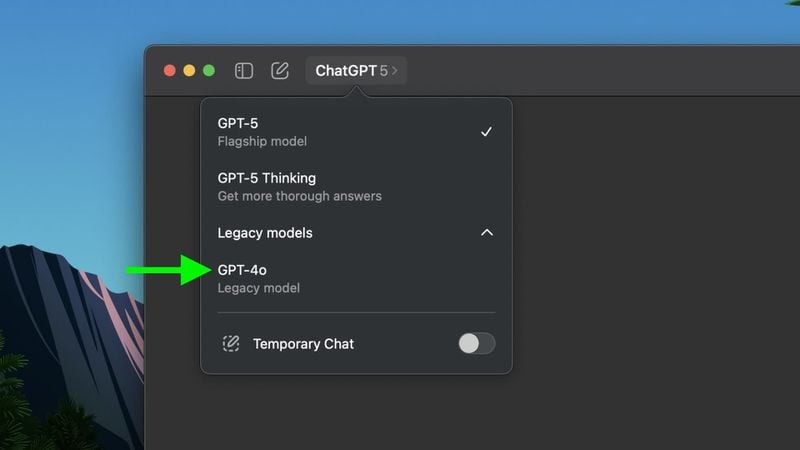On the iPhone 17 series and iPhone Air, the new 18-megapixel Center Stage front camera features a square sensor that offers more flexibility in framing and composition. Center Stage will also auto-zoom to include everyone in a group selfie, but if you don’t like it, you can turn it off.
The Center Stage camera automatically adjusts its view depending on what’s happening in front of it. If you’re the only person in the shot, it keeps the frame tight for a more personal feel. As others join, the view zooms out to fit everyone in, with no need to adjust it yourself.
This dynamic feature reduces the chance of friends being cropped out in group photos. However, you may find that Center Stage is not zooming adequately for your particular needs, in which case you can disable the auto-zoom feature.
[mai mult...]
